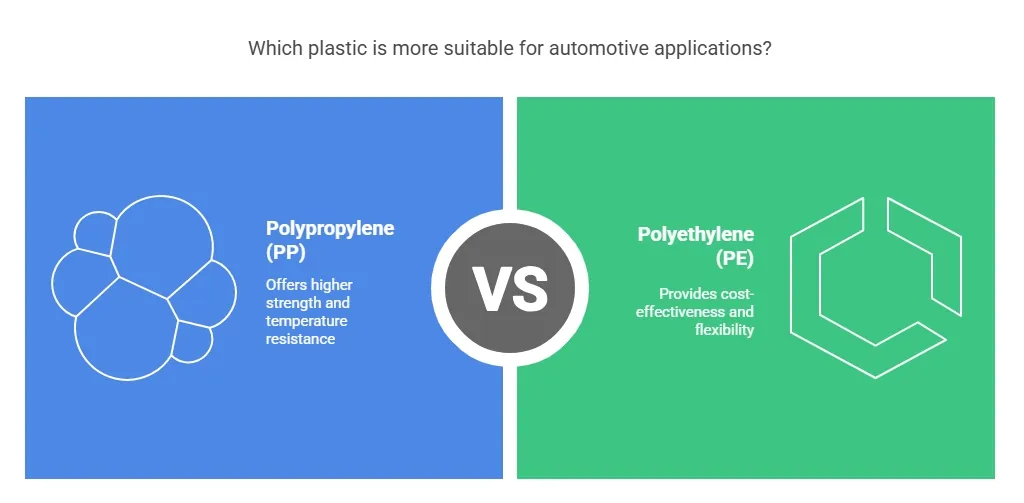Most products out there are lined with plastics. From outside carcasses to internal components, making a list of the appliances and technological devices that use plastic would take the duration of this analysis and more so. Even the smartphone, tablet, or laptop you are using to read this article has plastic resins on it. Every single plastic piece, regardless of its size, shape, and form, is created using a plastic injection mold.
Plastic manufacturing has a lot of integral factors that have to be considered when it comes to creating a new product. Not every single method of manufacturing is fitted for all tasks, and there is no multipurpose material to handle all projects. A case study becomes necessary to get a hold of the proper way to handle the creation of a product. That’s how most companies understand the notion to build the right plastic injection mold.
Consider the following: even little details such as the shape of the product need to be planned before going into production. The budget of the project may be limited. That is a determining part of the equation that will put some perspective on the number of the units manufactured, as well as the time it will take get the product done. Above all, this is the type of resin that will be used to create the product.
Table of Contents
ToggleWhy Choosing the Right Resins is Important?
The case study should reveal what is the best resin to create your product. This is probably the most crucial stage next to development because it has the power to dictate the direction that will take the output line of the project. It can also offer some perspective by sheer approximation on unit volume and delineation of the best way to handle your project.
With all these considerations for analysis, we can offer a brief list of some of the most common plastic formulas used in the manufacturing industry as well as the use they have:
· Acrylonitrile/Butadiene/Styrene
This resin is also known as ABS. It is a plastic component that is best known for having some of the most powerful anti-corrosive properties of chemical origin. Is often used to line fire guns, Kevlar armor and a wide variety of military and camping equipment
· Acrylics
A plastic resin that is very similar to many Polycarbonates because it can reach high levels of transparency and withstand forceful impacts. It’s famous for being used in the front and rear of many cars or other vehicles. It’s also widely used on screen-based technology such as tablets and smartphones.
· Polycarbonates
Most of the windows you see in modern households are created using this material. It can be polished to the point of mimicking the properties of glass. It’s also very durable, and it can be tampered to withstand high impacts. It’s also the preferred option to create low-impact riot control equipment such as shields and light armor.
· Polyethylene
This is probably one of the most malleable resins found in the market. It has a sturdiness that can be manipulated with the right combination of elements. You can achieve high or low-density plastics with diverse levels of molecular weight. The material is as durable as the product created with it. Many industries use it to create basic stuff like plastic bags, while others use it to manufacture plastic bottles. The super high-density version of it can be used to create bulletproof vests.
· Polyethylene Terephthalate
This resin is better known by its most common name: Polyester fiber. The material is used to create apparel while mixed with natural fabrics such as cotton. It’s also regarded as one of the most environmentally-friendly resins out there since it can be easily recycled.
· Polyamide
Another popular material with a funny-sounding name. Polyamide is the scientific name for Nylon. This is a plastic resin used in quite a few industries because it’s incredibly flexible as well as durable. The material is used to manufacture cables, sewing thread, dental floss, all-purpose ropes, and some pieces of machinery.
· Polypropylene
Out of all the materials in the list, this resin is the most adaptable and easy to work with. It’s also one of the most cost-friendly products as well. It all comes down to the high melting point required to work with it. It is considered the best option to create quality food containers.
· Polyoxymethylene
It is the fancy terminology used to refer to Acetal plastic formula. A material that is used after the molding process to make sure that any plastic injection molding product keeps its shape until it gets to the hands of the final customer. Acetal is often used on cogs and mechanical gears.
· Polystyrene
In the manufacturing industry this material is known as Styrofoam, but for us mere mortal is called “foam,” and it’s the thing that is used to line protective items. Expanded foam is the version of the product used to create extra thick padding used in professional sports.
· Polyvinyl Chloride
The product is also known as PVC, and it’s probably the most popular resin in the list in high profile industries. You can find PVC in almost everything, from household pipework to toys and action figures. It used to be the material used to vinyl records.
· Polyurethane
This popular plastic was developed for a particular niche in the market that has grown with time to other industries. Since it’s very durable, but also extremely flexible, is the resin of choice to create most of the materials used in the skateboard industry as well as some pieces of apparel.







